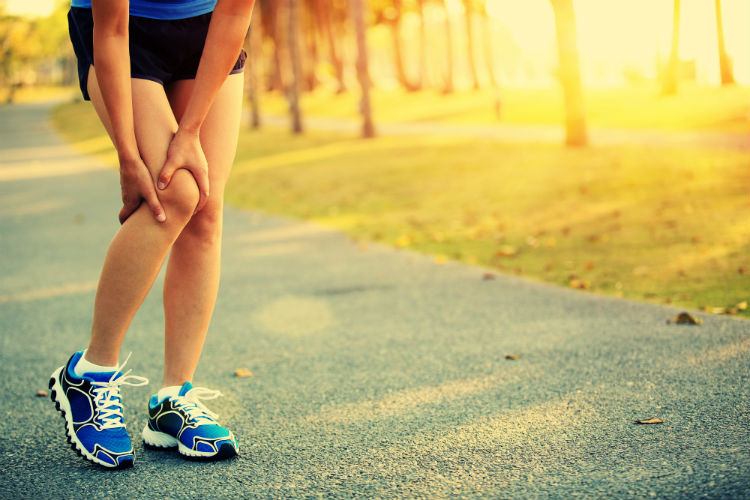
If you were given one car to use for the rest of your life, how well would you maintain it? Would you be motivated to do the necessary preventative maintenance? Our bodies are the vehicle in which we travel for the duration of our lives. The more we focus on preventing injury and maintaining things like flexibility and mobility, the better our bodies will work.
Maintain flexibility to prevent injury
Although most of us would rather work on things that have a direct impact on our looks—like our biceps—maintaining flexibility provides the ability to do bicep exercises along with cardio without injuring ourselves. Flexibility helps our workouts, as well as our daily activities as we do everything from reaching for items on the top shelf to tying our shoes.
How flexible should the average person be in order to avoid injury in everyday life? There are 3 simple tests you can give yourself to determine if you are flexible enough.
Squats —
If you can’t do a squat, your risk of injury to your knees, hips, and back while exercising is significantly increased. In order to establish if your flexibility is good enough to do a squat, your ability to flex your hips in a strong, stable position should be evaluated.
Squat test —
With your feet firmly planted on the floor, and your toes pointed about 30 degrees out, bend your knees until your hips are below your knees while keeping your spine in a neutral position. Keep your feet flat on the floor, and your knees out and over your toes.
Do you have enough hip mobility to do squats?
To check, look at the following:
Back: If you can’t keep your spine neutral while doing a squat, you may lack hip flexibility.
Hips: You may lack hip or ankle flexibility if you can’t squat with your hip crease below the top of your knees.
Knees: If you can’t point your knees outward and keep them in line with your toes without your knees caving inward, you may lack hip flexibility.
Ankles: If your heels come off the floor during a squat, you may lack ankle flexibility.
Hamstring flexibility —
Hip hinge exercises such as deadlifts require you to do something similar to a squat, which measures hamstring flexibility. Avoid pulling out your back from lifting everyday objects by learning how to perform a proper deadlift.
Hamstring Test —
With your feet facing forward and knees slightly bent, keep your back flat and have 90 degrees of flexion in your hips so you are in an “L” position and looking straight at the floor. Keep your arms parallel to your legs and to each other with your fingers extended toward the floor.
Are your hamstrings flexible enough?
Check these things during your hip hinge:
Back: Can you keep your back flat?
Hips: Can your hips flex at a 90-degree angle? If not, you may lack hamstring flexibility.
Ankle Flexibility —
Each part of your body needs to function properly, or other parts have to compensate. Lower leg injuries are often due to poor ankle flexibility.
Ankle Test —
This challenging test will help you discover if you have good hip flexion range of motion and ankle range of motion. Place your feet together and keep them flat on the ground while you drop your hips into a fully flexed state. Keep your arms extended straight ahead, and parallel to the ground throughout the test.
Are your ankles flexible enough?
Feet — Can you keep your feet flat on the floor during the above test? If your heel lifts off the ground, you don’t have ample ankle flexibility.
Reasons to stretch
Decrease your risk of injury
Improve your range of motion
Increase blood flow to your muscles
Help release toxins
Help release tension in your body
Decrease soreness
Increase nutrient flow throughout your body
Could help improve some athletic performance
Stretching tips
Warm up for 5-10 minutes before stretching
Don’t overstretch
Work on major muscle groups such as hamstrings, calves, thighs, and hips
Breathe slowly and deeply while stretching
Stretch to the point there is slight tension rather than pain
Don’t bounce while stretching
Use smooth, gentle movements while stretching
To learn more about flexibility, schedule your first training session for free at Elite Training San Diego.
